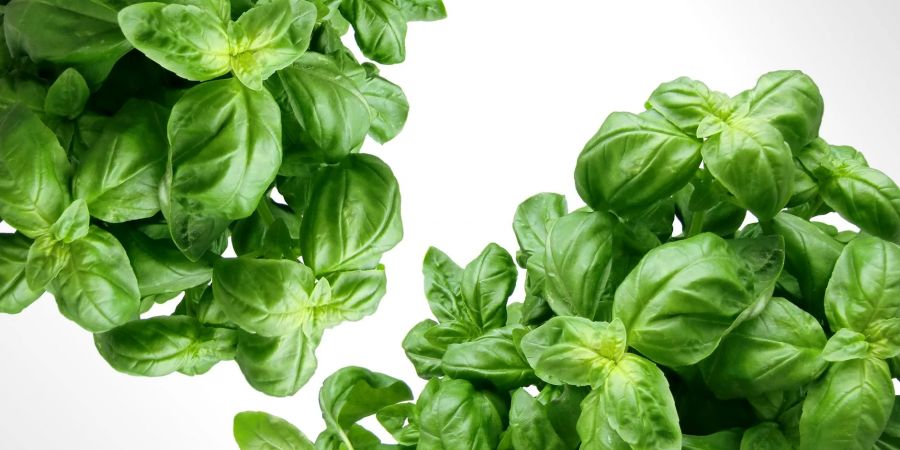

Hello everyone! In this blog is about green leafy vegetables…..
Arugula:
Arugula is a cool-season annual herb, and its many health benefits make it a great addition to any diet. It contains vitamins K and C, folate, vitamin B6, zinc, iron, copper, and manganese,making it a nutritious choice for people looking to improve their nutrition on a daily basis.
The flavor profile of arugula lends itself to a variety of uses, from dishes as simple as pasta, pizza, sandwiches, and wraps to more complex recipes like soups and creamy dressings.
Collard greens :
Collard greens are excellent sources of Vitamin C and Vitamin K. They can also reduce cholesterol levels naturally. Additionally, they are good sources of dietary fiber, Vitamin A, thiamin and niacin.
Cooked collard greens taste delicious as a side dish or cooked greens added to soups.
Kale:
Kale is a strong-tasting vegetable that can be tough if not properly harvested at its prime. If eaten raw, kale leaves have a slight bitter taste. The milder varieties can even make good eating salads. Kale is a member of the cabbage family (Brassicaceae), along with broccoli, mustard greens, collard greens, cauliflower, Brussels sprouts, radishes, and turnips. These cruciferous vegetables share a similar detoxifying effect on the body. One serving provides about 100 percent of the daily recommended intake of vitamin C, 30 percent of chromium, and 25 percent of vitamin A.
Mustard Greens:
This green leafy veggie belongs to the cabbage family and is often used in stir fries or soups due to its mild flavor. These veggies are packed full of vitamins A, C, K, manganese, folate, fiber, and iron. It's also rich in omega-3 fatty acids and antioxidants. To ensure your mustard greens stay fresh and tasty, clean them well and wash thoroughly under cold running water after harvest.
Watercress:
Watercress is a green leafy vegetable that grows easily in gardens and is highly nutritious. A single serving comprises of about 20 calories and contains a high amount of vitamin C, beta-carotene, folate, iron, fiber, protein, calcium, and manganese. Its major nutritional value lies in its rich content of vitamins and antioxidants; watercress is known to have powerful antioxidant properties.
Asparagus:
The benefits of eating asparagus are plentiful. One of its best-known effects is lowering cholesterol levels. A review published in the British Journal of Nutrition concluded that asparagus is effective at reducing blood cholesterol and triglyceride levels. Eating asparagus also reduces blood pressure and may help prevent certain cancers. Asparagus contains folic acid, vitamin K, zinc, magnesium, fiber, protein, iron, B vitamins, and antioxidants.
Leek:
Leek is used in many recipes and dishes, including soups and stews. Leeks have a mild flavor, similar to spinach. Like spinach, leek greens are often discarded, even though they also contain high amounts of vitamins and minerals. You can easily make a salad out of them and serve it at dinner or lunchtime.
Thank you……
Please follow me and gives ❤️






